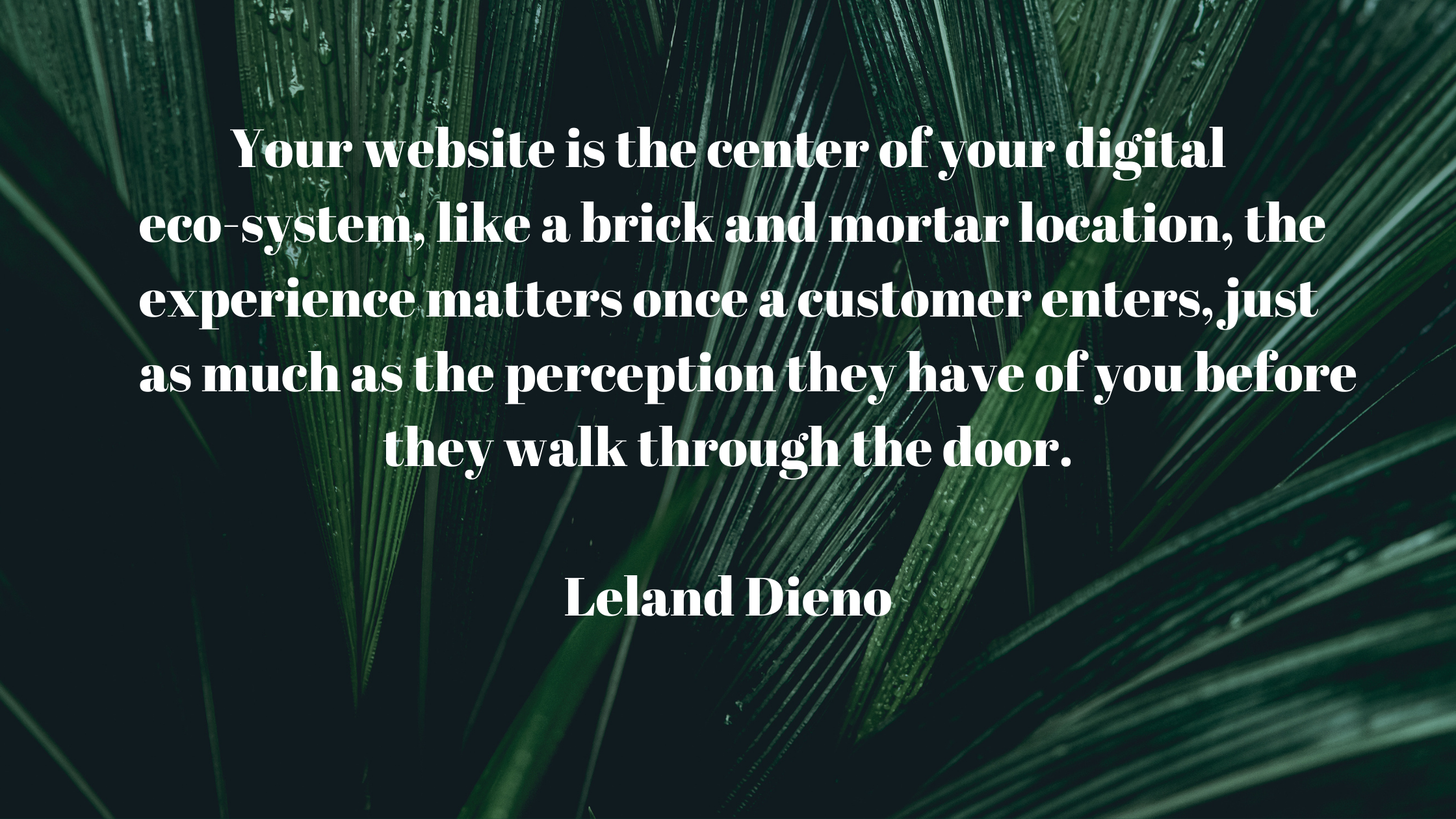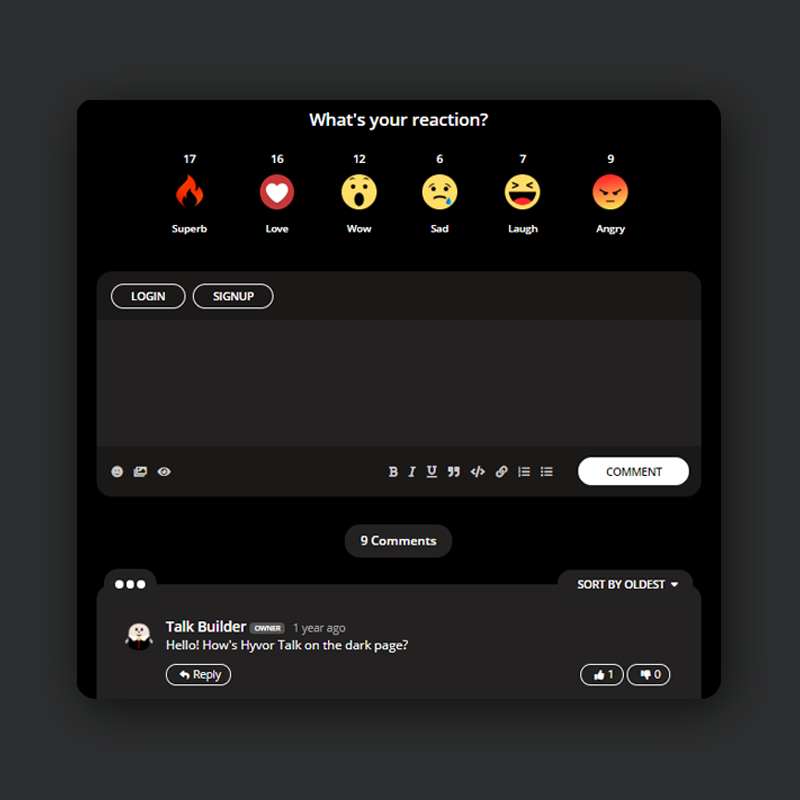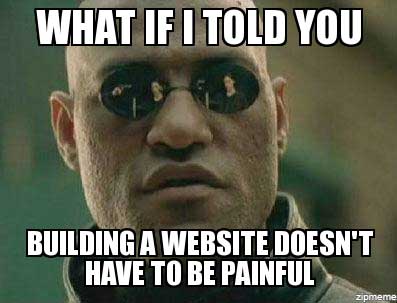
This blog post is about discussing the 8 Must-have Components for your Website. Things have improved a great deal on the web development front where the creation of a website is a far easier experience compared to a few years back. Front-end web development is a pretty congested area of technology.
Delivering high-quality user interfaces is a very important aspect in 2020 with a great deal of focus being paid to User Experience (UX) today. With that in mind, we have come up with 8 Must-have Components for your Blog.
1. Web Hosting

Web hosting is a service that allows organizations and individuals to post a website or web page onto the Internet. There are plenty of web hosting providers out there, but it may seem difficult to decipher the good from the bad. There is a myriad of factors that you need to look into before settling on your choice of host.
It certainly is prudent to check up on the reviews of a hosting service first. Other factors like server features, payment, bandwidth and traffic, support, server location, and data backup need to be seriously considered.
2. A Content Management System. (CMS)

Websites still need to be powered by content technologies, and choosing the right CMS can be a real task for some. Implementing new technology or migrating from one solution to another is incredibly disruptive and time-consuming. There are so many options out there like Wix. We wrote WordPress vs Ghost: What’s Better for Business Blogging? some time back, and we firmly are in the WordPress corner. Wordpress has some serious advantages, and the fact that it is a market leader means that you are privy to flexible plans and 24/7 customer support, which can be very important.
3. Search Engine Optimization (SEO) Basics

Search Engine Optimization (SEO) is no longer about stuffing keywords and trying to fool Google into ranking your website. Search engines such as Google, Bing et al. use bots to crawl through pages on the internet, jumping from site to site, gathering information about such pages, and putting them in an index. SEO is all about the task of improving your site; it is about increasing its visibility for relevant searches. Additionally, it is about creating a user experience that is data-driven. On-Page SEO Checklist for New Websites is an excellent point of reference if you are new to the whole concept of SEO. SEO is a fundamental part of digital marketing since there are trillions of searches done every year, mainly with the intent that is commercial to find information about products and services. Search is usually the primary source of digital traffic.
4. Analytics Tools

The standard modus operandi when it comes to getting your data analyzed is to use Google Analytics. While analytics are certainly important, to say the least, you probably would want to take into consideration the aspect of privacy on your site. To understand more about this issue in 2020, we suggest that you read Privacy and Data Protection Issues with the Adoption of SaaS.
5. Mobile-friendly Template Theme

In many countries, the number of smartphones has surpassed the number of personal computers; having a mobile-friendly website has become a critical part of having an online presence. If not mobile-friendly, a site can be difficult to view and use on a mobile device. A non-mobile-friendly site requires users to pinch or zoom in order to read the content. Users find this a frustrating experience and are likely to abandon the site.
It is important to design an attractive, simple, and functional website to encourage visitors. There are 6 important aspects to this, which are highlighted below.
1. An effective color scheme
An aesthetically pleasing website is an effective color scheme. Select a color scheme, which complements the logo, banner, and other elements of your website. Color theory is all about using the right combination of colors.
2. Consistency across all pages
It goes without saying that consistency across all the web pages is a given and it could be considered part of the site architecture. With the exception of your homepage, which can have a different, striking layout to capture the attention of visitors, you need to make sure that all the inner pages are in-sync with the overall theme of your website.
3. Typography that suits your website’s theme
Typography is one of the main factors, which power the whole concept of web design aesthetics. When it comes to fonts, there are endless fonts that you can select and use on your website or even design custom fonts depending on the requirement. Irrespective of what you select, just ensure that the typography aligns with the theme of your website.
4. Unique contact page design
It should be your focus to create a unique contact page, which displays details such as – the phone number, address, email address, map to reach your office, fax number, etc. If you provide them to fill up a query form on the page, make sure that it is optimized for mobile screens and has a visible CTA button.
5. A clutter-free interface
Eliminate clutter on your website by– maintaining a good balance of image and text, using hero images, going minimalist with parallax scrolling, settling for intuitive navigation, opting for ghost buttons, making apt use of the whitespace, etc.
6. High-quality images
More often than not, newly launched websites with low budgets settle for these images. But if you do not have a budget constraint, then opt for high-quality, unique photographs or images offered by professionals. It also adds to the authenticity of your business or brand. Make sure you have adhered to the right criteria that will answer the question — Is your web page mobile-friendly?
6. Commenting System

Having a comment box and embedded comments is important. Commenting can be an integral part of your content strategy when it comes to your site. Besides creating a space for interactions and opinionated dialogue, you also have the opportunity to add a great deal of value to your brand. We encourage you to read -- What is a Commenting Strategy? -- to understand how you can leverage this powerful tool on your site. Hyvor Talk is a fully - customizable, ad-free, privacy-focused commenting system that offers a great user experience. Created to be a forward-thinking plugin, it serves a range of CMS options like WordPress, Webflow, and Ghost to name a few. Pricing for Hyvor Talk starts at $5/month for 100k page views. You'll only need to go for the $35/month plan if you are willing to use the single sign-on feature. Without a doubt, a great commenting system is one of the 8 Must-have Components for your Website.
7. Navigation

There is a clear 94% of Consumers Say Your Website Must Be Easy to Navigate. Having clear site navigation helps your visitors easily find what they are looking for. Not only visitors, but clear site navigation also helps search engines in indexing your website pages easily.
Every important page of a good business website is directly linked to the home page. Any page of your website should not be two clicks away from your home page. By utilizing simple and easy responsive navigation toolbars and menus, companies can create an intuitive user experience.
8. Social Media Engagement

Social media has got a bad rap in this day and age, and understandably so. The Social Dilemma on Netflix will have you convinced that social media is dystopian at best, but the real fact here remains that if you are a brand hoping to gain visibility and credibility, social media is a must. Allow your visitors to share information on your website by incorporating social media buttons and social media widgets on the pages. This in turn will help enhance your brand’s identity and presence online on various platforms.
One More Thing...

The concept of having a blog is all based on your goals. The design aesthetic itself changes based on your focus. As Paul Cookson would have you believe, "Websites promote you 24/7: No employee will do that.", which is why you need to ensure you have planned out your website well. While there are many more aspects to a website, we think the 8 Must-have Components for your Blog highlighted in this blog post are ideal for you to get started.

Comments